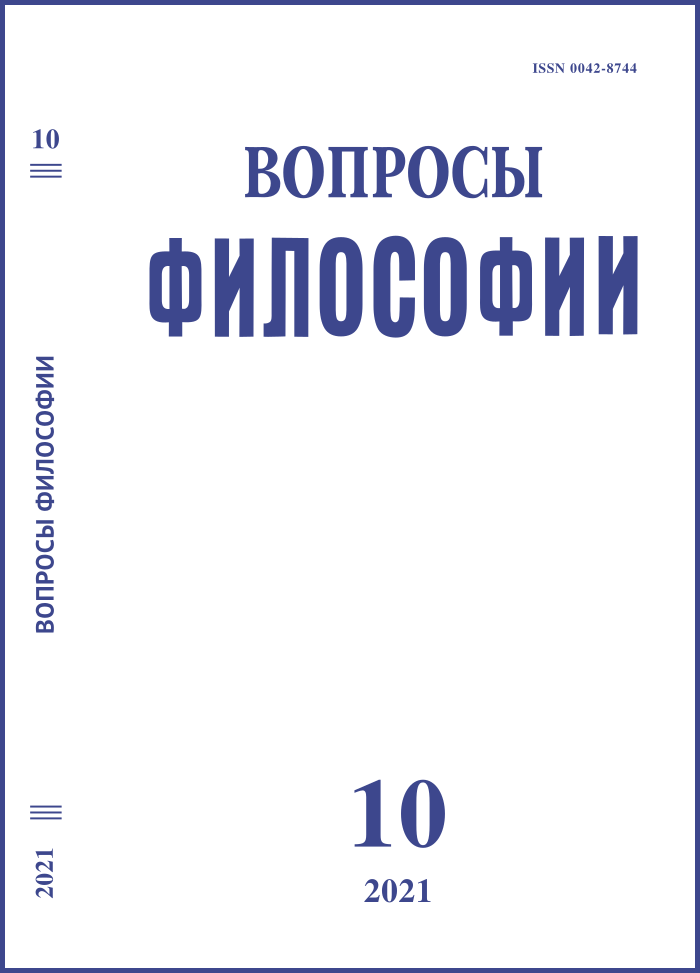«Русская идея» Вяч. Иванова в контексте его философии культуры: опыт прочтения «Повести о Светомире царевиче»
DOI:
https://doi.org/10.21146/0042-8744-2021-10-138-144Ключевые слова:
Вяч. Иванов, «Повесть и Светомире царевиче», русская идея, миф, символ, Серебряный век, русский символизмАннотация
Автор статьи обращается к самому «загадочному» произведению Иванова, которое стало, по существу, его интеллектуальным завещанием. Показано, что «Повесть о Светомире царевиче» представляет собой квинтэссенцию философского мировоззрения Иванова. Автор полагает, что в «Повести» находят свое художественное воплощение ключевые понятия культурфилософии Иванова: символ, миф, русская идея, стихия, а жанр произведения в значительной степени обусловлен характерным для поэтики Серебряного века обращением к фольклорному материалу в рамках модернистских литературных экспериментов и находится в тесной связи с символистской концепцией искусства Иванова. Автор отмечает особенности символизма Иванова по отношению к художественным течениям Серебряного века и утверждает, что мифологическая форма повести отражает философию мифологии Иванова, которую, таким образом, можно рассматривать как структурообразующий принцип художественного произведения. Это позволяет использовать основные понятия его символизма как герменевтические ключи к «Повести о Светомире царевиче». В заключительной части обосновывается гипотеза, что русская идея, заключенная в фольклорно-мифологическую форму, составляет основное содержание «Повести о Светомире царевиче»

